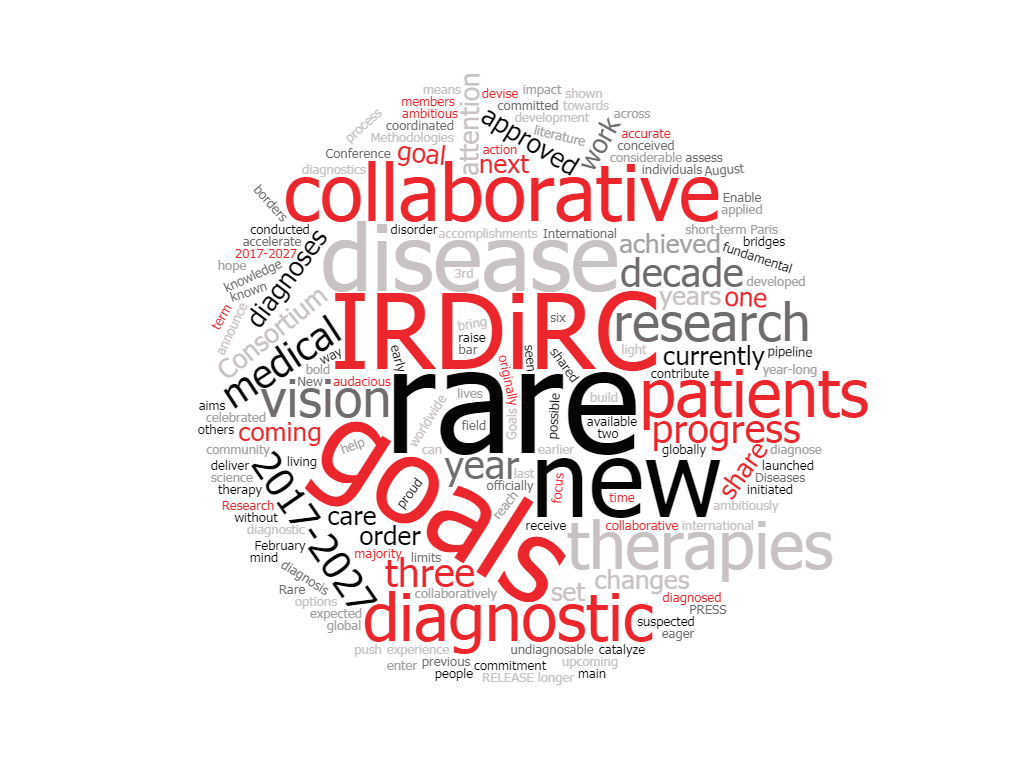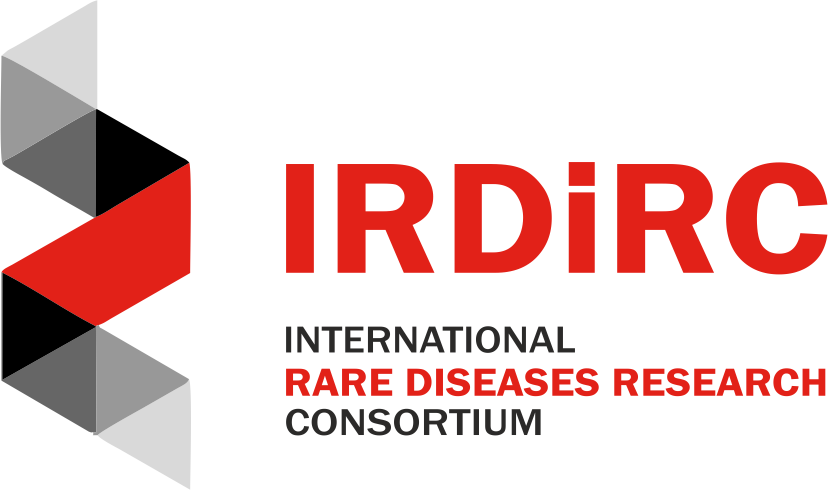
IRDiRC, officially launched in 2011, was originally conceived with two main goals: to contribute to the development of 200 new therapies and the means to diagnose most rare diseases by the year 2020. Considerable progress on these goals has been made: the goal to deliver 200 new therapies was achieved in early 2017 – three years earlier than expected – and the goal for diagnostics is within reach.
Capitalizing on the momentum of this progress, IRDiRC devised a new set of global rare disease goals for the decade 2017-2027. IRDiRC aims to accelerate progress with three goals for the Consortium, and ambitiously push the limits of what is currently possible in the longer term with an audacious vision for the field, all with rare disease patients’ lives in mind.
The vision: Enable all people living with a rare disease to receive an accurate diagnosis, care, and available therapy within one year of coming to medical attention.
In order to work towards this bold and ambitious vision, IRDiRC has set three goals for the next decade:
- Goal 1: All patients coming to medical attention with a suspected rare disease will be diagnosed within one year if their disorder is known in the medical literature; all currently undiagnosable individuals will enter a globally coordinated diagnostic and research pipeline
- Goal 2: 1000 new therapies for rare diseases will be approved, the majority of which will focus on diseases without approved options
- Goal 3: Methodologies will be developed to assess the impact of diagnoses and therapies on rare disease patients
The progress on the previous goals has shown that the international rare diseases research community is eager to share knowledge and experience, and work collaboratively across borders in order to bring diagnoses and therapies to patients. The new IRDiRC goals can only be achieved with fundamental changes to the way science is conducted, shared, and applied to the care of rare disease patients. IRDiRC members have committed to catalyze such changes and we hope that others will share and help with this commitment to action. It is time to build new bridges and raise the bar for rare diseases research worldwide.
Related links:

